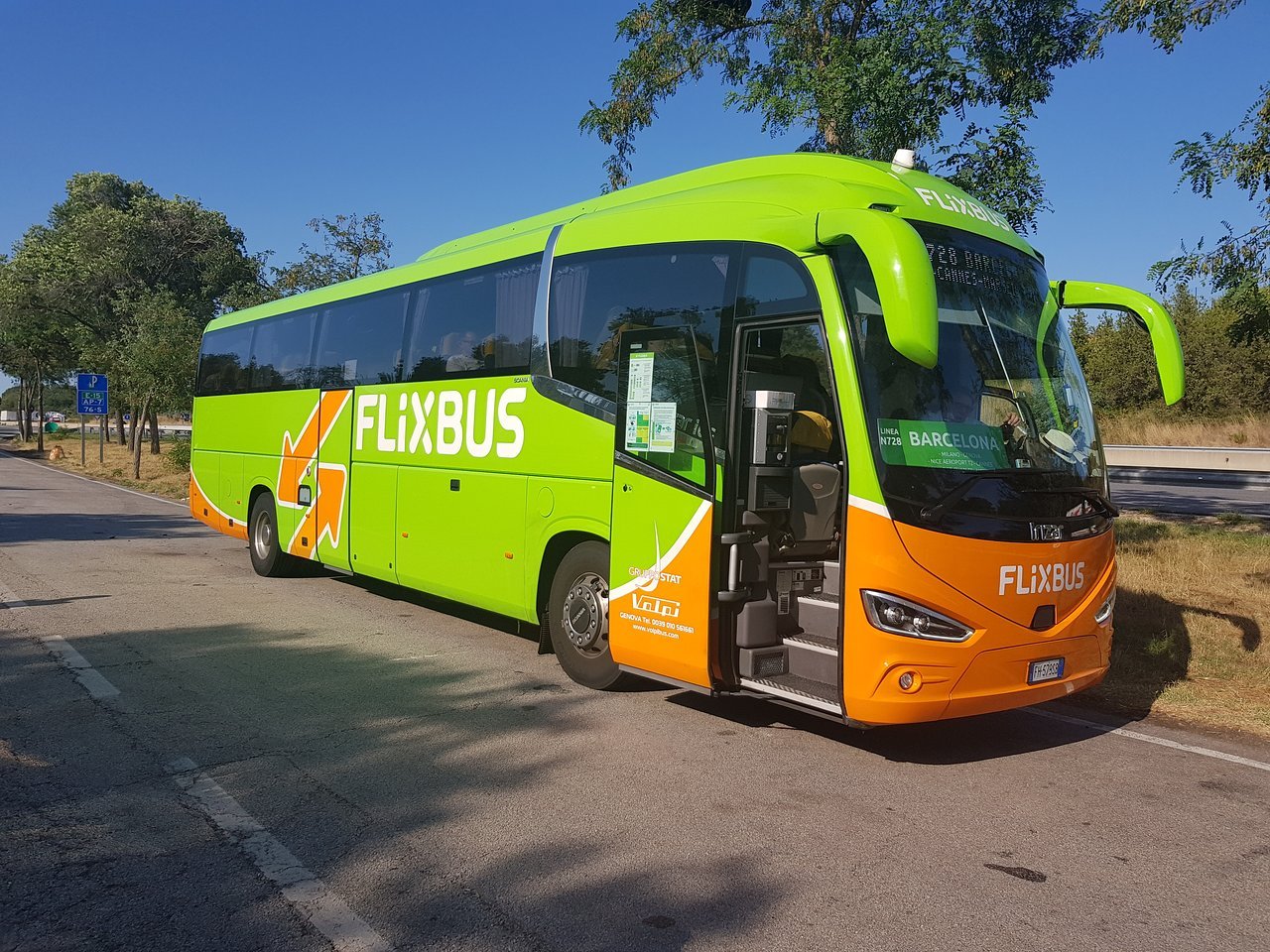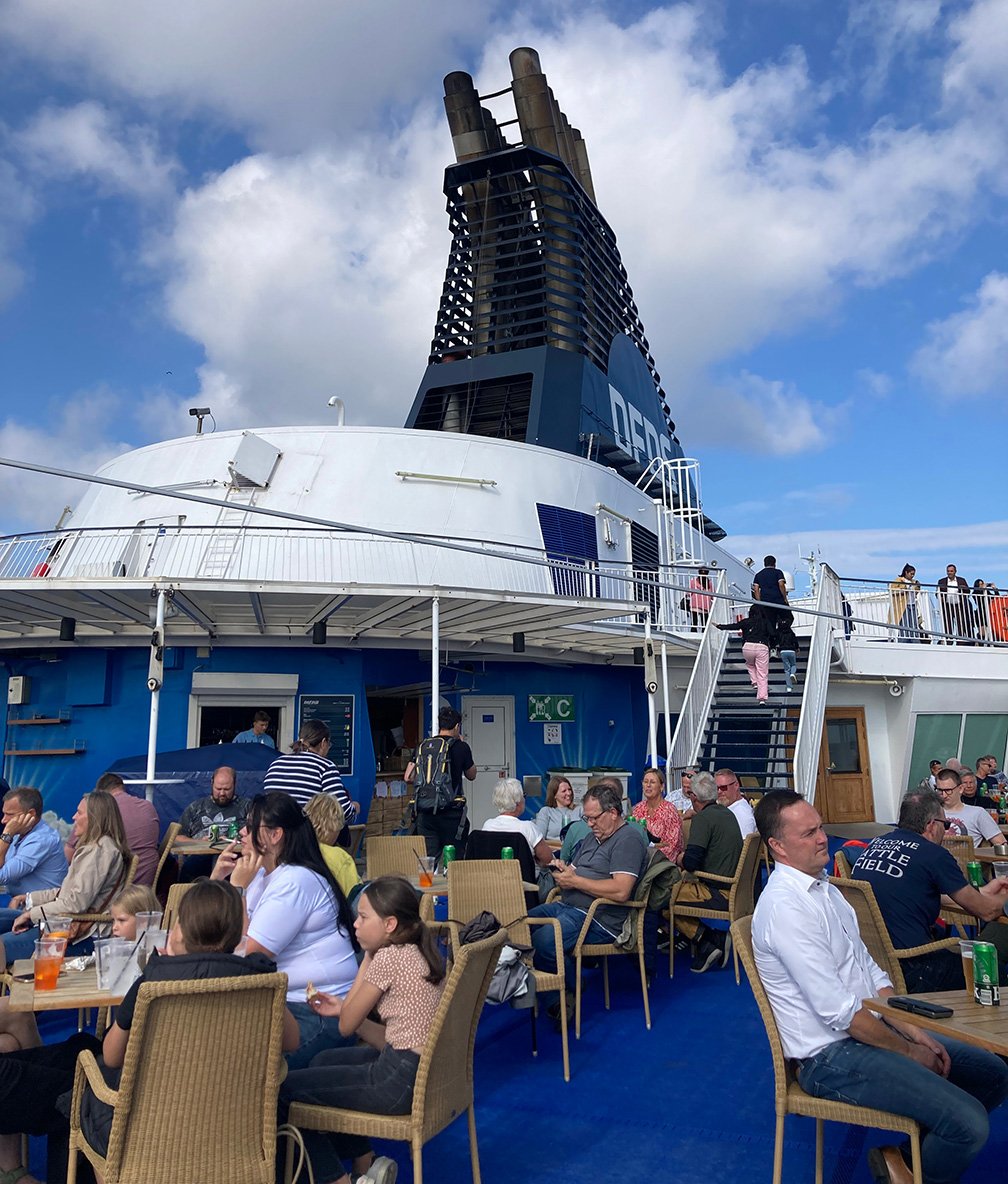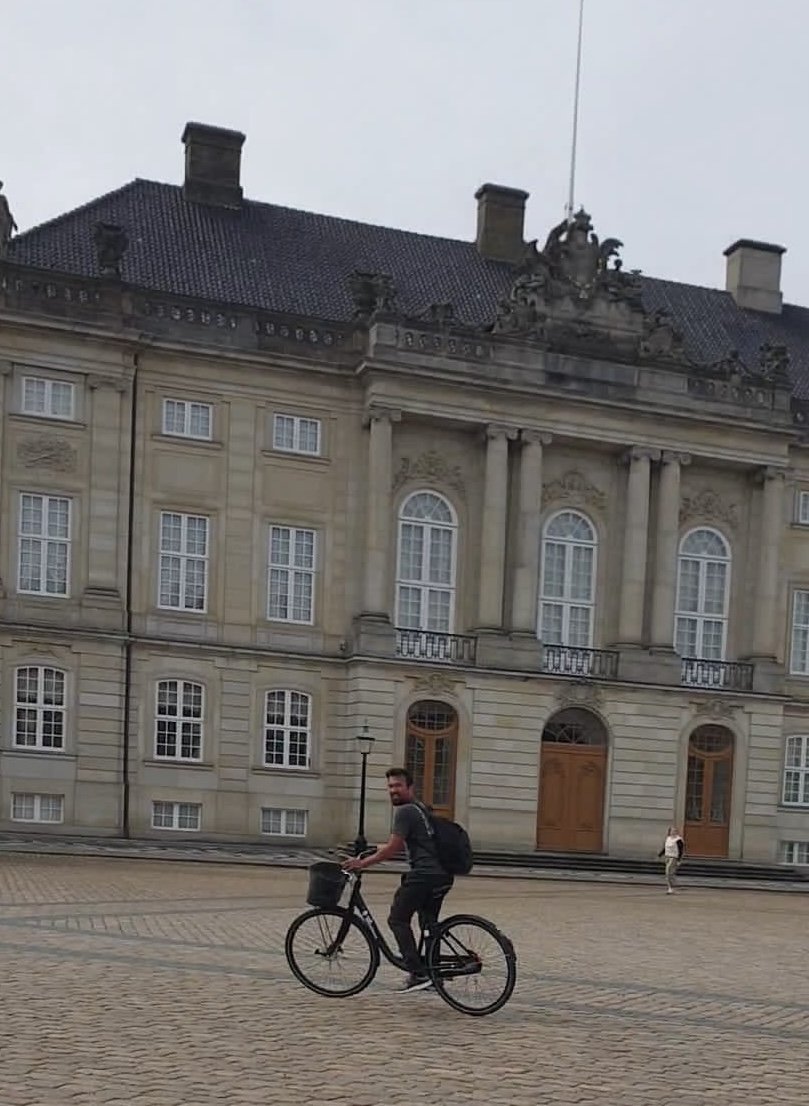EN ROUTE: TRANSIT TALES
SEPTEMBER 22, 2022
I’m currently in Stockholm, Sweden, waiting on a flight back to Scotland. This phase of the trip is over, and as I sit and wait to board, I want to reflect a bit on the journey: more specifically the logistics of how I’ve gotten around so far.
Travel is all about getting from point A to point B. I know: it’s not about the destination, but the journey. But arriving to your destination as stress-free as possible is something we can all get on board with.
“Working” out of Stockholm Arlanda Airport
PLANES:
At this point in my journey, I’ve taken 5 total flights. JFK to Iceland, Iceland to Glasgow (Icelandair), Glasgow to Amsterdam (Easyjet), Norway to Stockholm (Norweigan Air) and Stockholm to Edinburgh (SAS). Obviously, planes are the fastest way to travel. But what about cost? Well, it really depends on your timeframe, budget and geographical logistics. I recently decided to take a flight from Norway to Sweden because a train would’ve taken me back to Oslo, a city I didn’t want to pass through again, cost around $125 USD and taken over 24 hours. Time, money and geography weren’t in my favor. Driving was out of the question, and a bus route didn’t exist. Flying was the only reasonable solution. Luckily flights within the EU are nothing like domestic flights within the US in terms of cost. A direct flight from Bergen to Stockholm was $100 USD: a 1.5 hour flight. Compare that to a direct flight I took from Milwaukee to Miami which cost around $650 USD.
Flying into Glasgow
Direct flights are always worth it to me. If your flight has a connection, make damn sure you have enough time to catch it. Nothing worse than slowly taxiing up to your connecting gate late with a time crunch. You can find a cheap flight from Amsterdam to Oslo for around $50 USD, but a 45 minute connection in Copenhagen is cutting it VERY close, so be aware. Ridiculously long layovers are also not worth it. Cheap means a sacrifice in time, so keep that in mind when looking at budget airlines.
Here are some sites I use to search cheap airfares:
Yes Theory Book an Adventure Search
Skscanner (Europe Only)
EasyJet (Europe Only)
Using these sites can be handy, but I will then book the actual flight directly from the airline provider to avoid additional fees these sites might charge.
When I search flights, I use a VPN to mask my location and use an incognito browser so prices don’t inflate based on search history and region.
TRAINS:
The US was built with the car in mind
The Train from Olso to Bergen, Norway
That’s not the case in Europe. Europe has some of the most well developed rail systems on the planet. They’re intricate, efficient and more or less easy to navigate regardless of language barriers (thanks, graphic design).
They’re also just fun. I love riding the rails. It’s a great way to see a country. My favorite so far has been the train from Oslo to Bergen. I specifically booked a day train so I could see the sights. It took 7.5 hours and I stared out the window the entire time. That cost around $70 USD. A plane ticket would’ve been similar price-wise but not nearly as scenic.
Each Country has its own App for its rail system.
Figuring out each country or region’s system can be a bit of a hassle, but once you have the system down, it’s very easy. Each major city has a central train station in its city center. I use those locations as jumping off points to plan accommodations. Prices can vary but taking day trips to the countryside outside of city limits is well worth the price of a coffee at Starbucks.
You can also purchase Rail passes like INTERRAIL or EURAIL. These are train passes that, for a certain amount of days, let you hop on and off trains as you please for little or heavily discounted rates. These plans take a little bit of pre-planning and can be costly if you don’t take full advantage of them, but are great if you want to cover a lot of ground in a short amount of time.
Amsterdam’s Central Train Station in the heart of the city
A lot of Europe’s major cities have airports that sit a fair distance from the city center. While they offer express buses or trains directly to the downtown areas, these are often much pricier (2-3x) than taking the local train route in.
AUTOMOBILES:
Car Rental
On this journey, I haven’t rented a car yet. I don’t plan to. It’s a little out of budget and additional costs like fuel would only stack up. That doesn’t’ mean it’s out of the realm of possibility in the future. I’m considering it for Italy or to get from Barcelona to Gibraltar. We’ll see.
If I had to pick a country to rent a car to explore, it’d be Iceland and Norway.
While these countries’ natural wonders are accessible by bus or ferry, those fares add up. The cost of those alternatives balance out to the cost of a rental, and a car/van gives you more freedom to explore on your terms in the countryside.
Buses
I’ve had some lousy bus experiences. Greyhound comes to mind in America, from traveling to and from New York City and upstate, to a 13 hour bus ride from the Himalayas to New Delhi where I was bitten by fleas. So when it was suggested I take a bus to travel from Amsterdam to The Hauge in The Netherlands, I was skeptical. But the short hour ride proved to be very pleasant. Lots of leg room, free wifi, and fast, efficient stops. And no fleas. That was a plus.
The company was FlixBus, a common way to get around for a cheap penny here in Europe. They’re becoming more prevalent in the US. I continued using them for my trip to Belgium, then a longer 13 hour overnight journey north to Copenhagen which only cost $25 USD. I’m a short guy, so leg room isn’t really an issue, and these buses had ample room. My only complain is the way they circulate air. That might just be me but I had funky sinuses for a majority of my stay in Denmark. Bring something warm like a travel blanket or good sweater. The night buses get chilly. They normally drop you at the central train station in the center of the city so getting around from there is easy.
FERRIES
A lot of the cities I traveled so far are located on the water. For example, Stockholm is made up of hundreds of Islands. It’s an archipelago, so access by ferry is necessary. The same goes for Amsterdam, where canals are just as prevalent as bike lanes. Amsterdam has free ferry access that transports you to other islands. Some ferries cost around $5 each way like in Oslo, but it’s the quickest way to get to some of its museums and outdoor parks. Boats are also a good way to sightsee and get good scenic views.
A small, free water taxi in Amsterdam
Long Distance Ferries
A local in Copenhagen told me that there was a ferry that went from Copenhagen’s northern port and traveled across the North Sea to Oslo. This intrigued me, and after doing some research I booked it. It was a tad pricier than a train ticket, but not by much. The train, which would’ve taken longer, was around $75 USD while the ferry was $120 USD. I pro and con’d it out and decided the ferry would simply be a cooler experience. The company, DFDS, runs other routes across Europe. When I showed up to the terminal, I was shocked to see it was more like a cruise liner. I wasn’t expecting a water taxi like in Amsterdam, but neither was I expecting a boat with a pool and multiple hot tubs on it. I had my own cabin, there were 4 restaurants, a bar and a nightclub. All of the food and drinks cost extra, but the fact it was available was nice. I figured it cost me a nice night at a decent hotel, and I was headed to a new destination. In my opinion, well worth the money. A viable option if you have a car as well.
BIKES
How can I talk about transportation and Europe without mentioning bikes. Europe was made for biking, and I did my best to take full advantage of that. Most hostels I stayed at allowed for easy rentals at low prices for 24 hours. Well worth $15 to rip around a new city and see things on your own terms. Not a big fan of those open-desk tourist buses people hop on and off of. I described my long bike excursion in the Netherlands where I biked 45km from the small town of Woerden to the coast.
Scooters and App Rides
In Oslo, there are options to rent those electric scooters and electric bikes using an app. I found those to be a little pricier than just finding a bike shop or going through a hotel/hostel. I rode a scooter around for a day in Oslo, especially where there were some hills. It was novel. It was fun. But not for my wallet.
Transportation comes down to 3 factors: Cost, Time and Ease. Most often, you will only get to pick 2. I’ve been lucky whereas I’ve had all 3 factors work in my favor but those are rare cases.
Back when my hair was at a reasonable length.
A good traveler knows how to be comfortable with being uncomfortable.
That’s all for this week. I’m sure I’ll have more interesting transit stories to share. Next week I will detail my time in Norway and Sweden.
Happy travels.
-E
The Journey through Scandinavia: Plane, train, bike, bus and boat.
My favorite travel movie. “Planes, Trains and Automobiles.”





















